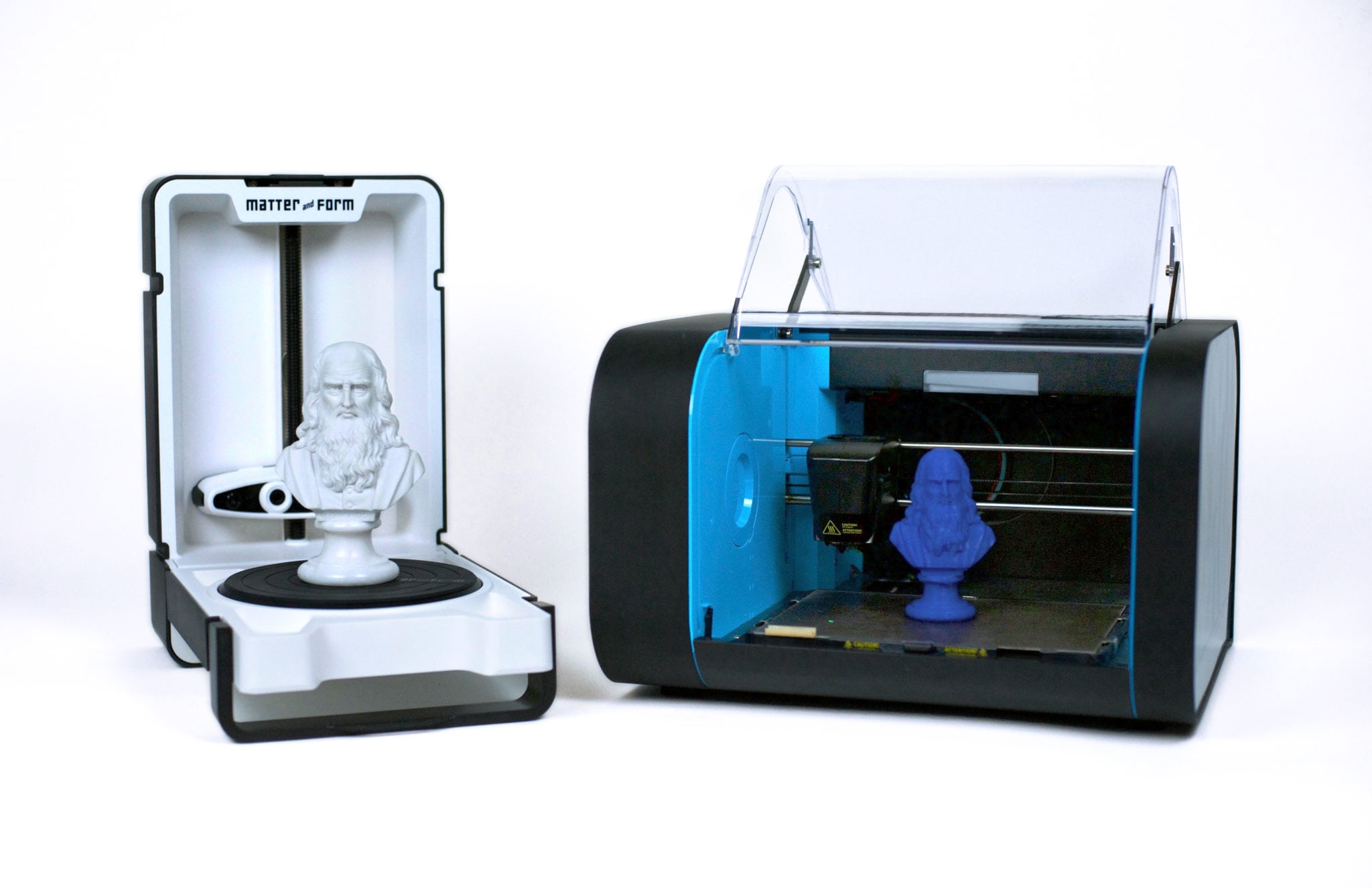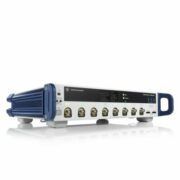3D scanning can be an under appreciated workhorse supporting the magic of 3D printing. Some 3D printing projects don’t need it, like those that use open source or purchased 3D models pre-made and ready to go. But when a project requires creating (or remixing in order to create) an original 3D model from a real-life object or source of inspiration, a 3D scanner can help leapfrog a ton of extra work. Without a 3D scanner, models have to be built from scratch using a design program. Which means recording accurate measurements of your physical object to reference and drawing blueprints from which to work. Not to mention needing high-level 3D design skills!
3D scanners can help you:
- Digitize a physical object for mass production
- Speed up your prototyping or design process
- Model with a physical material rather than build from scratch in computer software
Bringing mass production to the masses with an object scanner.
Craftspeople can spend huge amounts of time hand-making individual functional or art objects for sale. Some artists will sell based on the idea of ‘handmade’, or enjoy the repeated process of creating their wares by hand. But there can come a time, to step up production to meet increased demand, or the desire for more time to experiment and develop new products, when an artisan or maker could stand to introduce a small-batch element of manufacturing to their business process. Scanning an object allows you to print multiple copies of a product quickly and efficiently, with the benefit of reproducing the best version of an item, eliminating the quality fluctuations that come with hand-made objects.
This is just the jumping off point once you understand how to use a 3D scanner for 3D printing. With the help of computer programs like Autodesk and Meshlab an artist can make variations on an existing product without needing to start from scratch. 3D scanning puts the design process in hyperdrive, eliminating work and creating new possibilities.
Remix, resize, remake!
Let’s say you have in-hand a small part for a project that you need duplicated or replaced, perhaps a rare part or a gear that can’t easily be picked up at the hardware store (and you don’t want to wait for shipping). A 3D scanner can replicate the part as a 3D image file on the computer, which can then be printed in the material of your choice (with certain 3D printers you can print in metal, wood, ceramic, plastic and more). Or you might have a slightly different part than you need, that almost fits into a project your building, but just needs a slight adjustment. Digitizing the part using a 3D scanner will allow you to make those small changes to the 3D model scan in software and print the modified part for you to use. Much faster than measuring and building the part from scratch in 3D.
A technological combo transforming every industry.
3D scanning and printing has unlocked a form of rapid prototyping and reverse-engineering all over the place in advanced manufacturing and production. In special cases, it’s being used to help change people’s lives in more personal ways. Ambionics, a company from North Wales currently in beta trials, creates customized prosthetic limbs for kids so young they’d outgrow their prosthetic limbs at a rapid pace. Children aren’t often outfitted with an arm with sensor technology until they’re three or four years old, though research shows that children under the age of two more easily adapt to the use of a prosthetic limb. Ambionics’ solution is to use 3D printing to provide cost-effective hydraulic prosthetics for infants and toddlers. Parents are asked to capture a 3D scan of the child while they sleep, which Ambionics uses to complete the design for the prosthetic limb, which it can produce in less than five days!
In the manufacturing world, 3D scanners can shave months-long prototyping processes down to a couple weeks. For the hobbyist, the time-savings and convenience can make the difference between giving up on an idea or following it through to completion. The best 3D scanners still usually require some knowledge of 3D modelling to clean a scan and prepare it for printing, but this is a much easier and accessible process to learn than doing it from scratch. Time spent cleaning up a model in the software varies with the quality of your equipment and according to your project’s needs, but even a cheap 3D scanner capable of capturing basic geometry saves a huge amount of time and extra effort. Adding a 3D scanner to a makerspace or a classroom can help get a successful 3D printing project flow going in no time.
The creative mash-up between 3D scanning and 3D printing makes for a unique environment for all kinds of creative and iterative experimentation, where the possibilities are almost limitless.










